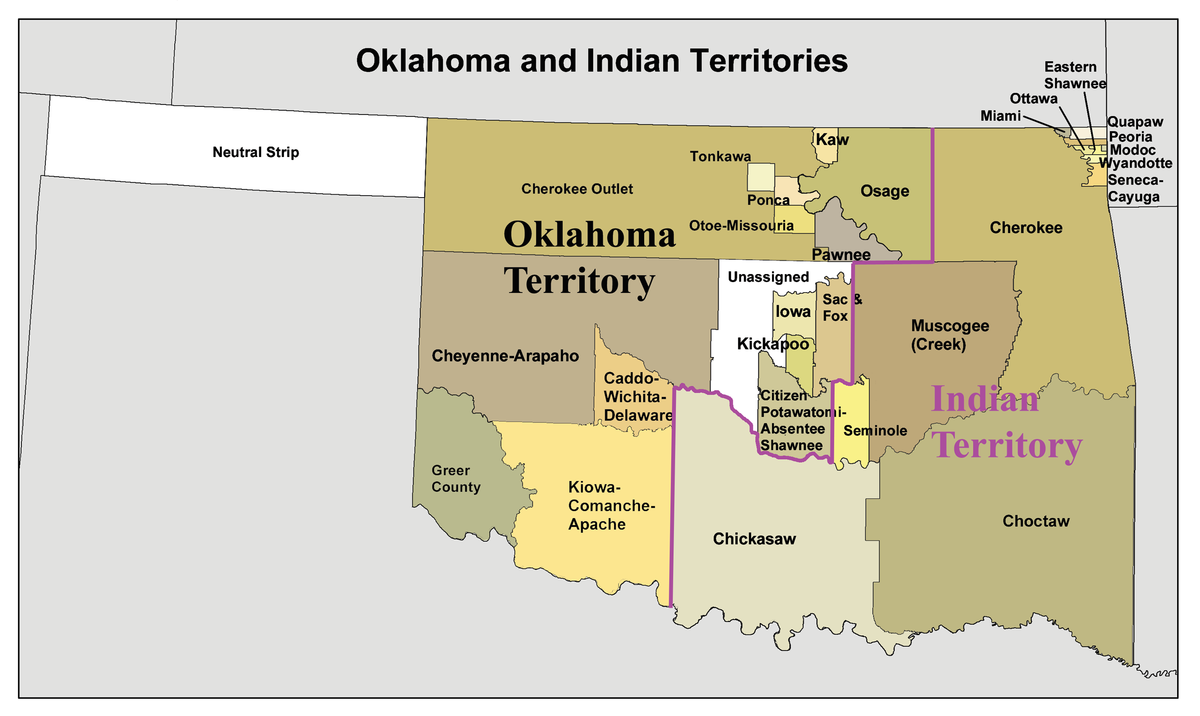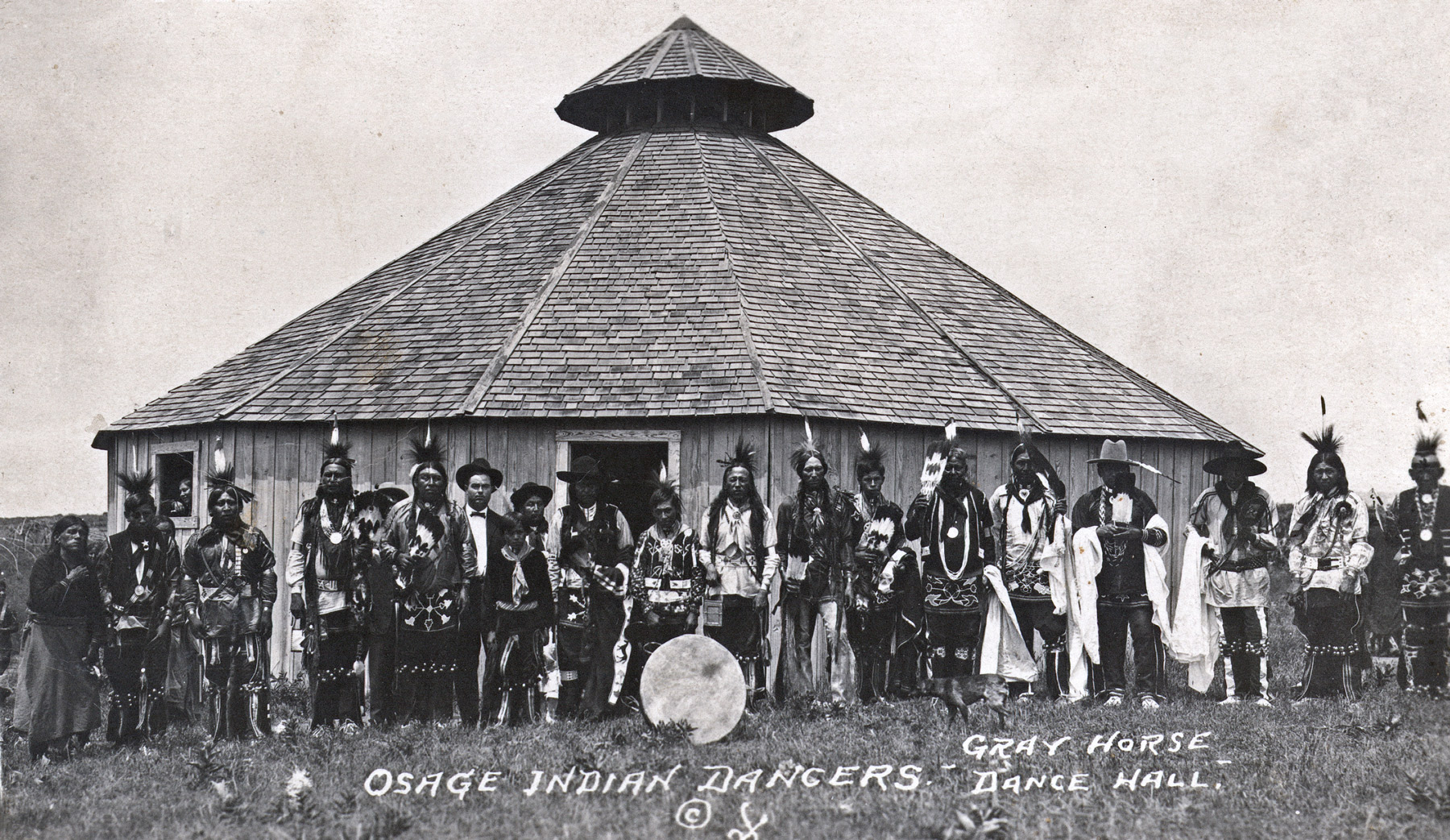Living on the Rez: A Look at Indian Reservations in Oklahoma City
Living on the Rez: A Look at Indian Reservations in Oklahoma City

You might be surprised to learn that Oklahoma City, a bustling metropolis known for its vibrant culture and booming economy, also houses a significant Native American population. While the city itself doesn’t have any reservations within its official boundaries, the surrounding areas are home to several tribal lands, each with its own unique history, culture, and traditions.
These reservations, often referred to as "the rez," are more than just geographical entities; they represent the heart and soul of Native American communities in Oklahoma. They’re vibrant centers of cultural preservation, economic development, and social life. But what exactly are these reservations like? What are the challenges and opportunities facing the people who call them home? Let’s delve into the fascinating world of Indian reservations in Oklahoma City and beyond.
Related Articles: Living on the Rez: A Look at Indian Reservations in Oklahoma City
- Unveiling the Treasures of Indian Tribes in New Mexico: Discoveries and Insights
- Unveiling the Enduring Legacy: Discover the Number of Indian Tribes Still Thriving in America!
- Uncover the Crow Indian Reservation: A Journey of Discovery and Insight
- Discover the Enchanting Native American Reservations of Montana
- Uncover the Native American Legacy of Lubbock, Texas: Discoveries and Insights
A Legacy of Forced Relocation: The Trail of Tears
To understand the present, we need to look back at the past. The story of Indian reservations in Oklahoma is deeply intertwined with the tragic history of the Trail of Tears, a forced relocation of Native American tribes from their ancestral lands in the Southeast to the "Indian Territory" (now Oklahoma) in the 1830s. This devastating journey, marked by disease, starvation, and unimaginable hardship, led to the displacement of thousands of Native Americans and the establishment of reservations as a means of controlling and segregating them.
The impact of this forced relocation is still felt today. The reservations, while providing a sense of community and cultural continuity, also often face challenges like poverty, lack of access to healthcare and education, and limited economic opportunities.
Diverse Tribes, Unique Cultures: A Tapestry of Tradition
Despite the shared history of the Trail of Tears, the reservations in Oklahoma are home to a diverse range of tribes, each with its own distinct language, cultural practices, and traditions. From the Cherokee Nation, the largest tribe in Oklahoma, to the smaller tribes like the Caddo and the Wichita, each community has its own rich cultural heritage.
Preserving the Past, Embracing the Future: Cultural Preservation and Economic Development
The spirit of resilience and cultural preservation is deeply ingrained in the communities living on the reservations. Tribes across Oklahoma are actively working to revitalize their languages, promote traditional arts and crafts, and pass down their ancestral knowledge to future generations.
But cultural preservation isn’t just about the past; it’s also about shaping the future. Many reservations are actively pursuing economic development opportunities, seeking to improve the lives of their residents and create a more prosperous future. This includes initiatives like:

- Casino Gaming: While controversial, casino gaming has become a significant source of revenue for many tribes, providing jobs and funding for essential services like healthcare and education.
- Tourism: The unique cultural heritage of the reservations is a powerful draw for tourists, leading to the development of museums, cultural centers, and heritage tourism programs.
- Business Development: Many tribes are encouraging entrepreneurship and fostering business development within their communities, creating jobs and economic opportunities.

Navigating the Challenges: Overcoming Obstacles
Despite these efforts, the path to economic self-sufficiency for many reservations is still fraught with challenges. These include:
- Limited Resources: Reservations often face a lack of funding and resources, making it difficult to invest in infrastructure, education, and healthcare.
- Sovereignty Issues: The complex legal status of reservations, with their inherent sovereignty, can sometimes create bureaucratic hurdles and complicate access to federal and state resources.
- Economic Disparities: The historical legacy of discrimination and poverty continues to affect many Native American communities, leading to disparities in economic opportunities and access to essential services.

Beyond the Rez: The Impact on Oklahoma City
While the reservations themselves are located outside the city limits, their impact on Oklahoma City is undeniable. The city’s vibrant Native American population, many of whom commute to the city for work and education, enriches the city’s cultural landscape, contributing to its diversity and vibrancy.
A Call for Understanding and Support
Understanding the history, challenges, and aspirations of Native American communities is crucial for fostering a more inclusive and equitable society. By supporting tribal initiatives, promoting cultural awareness, and advocating for policies that address the unique needs of reservations, we can contribute to the well-being and prosperity of these communities.
A Look Ahead: Embracing the Future
The future of Indian reservations in Oklahoma City and beyond is one of hope and possibility. By embracing their rich cultural heritage, pursuing economic development opportunities, and working collaboratively with the broader community, these communities are poised to thrive and contribute to a brighter future for all.
FAQ: Indian Reservations in Oklahoma City
1. Are there any reservations within the city limits of Oklahoma City?
No, there are no reservations within the city limits of Oklahoma City. However, several reservations are located in the surrounding areas.
2. What are the largest tribes in Oklahoma?
The largest tribes in Oklahoma are the Cherokee Nation, the Chickasaw Nation, the Choctaw Nation, the Muscogee (Creek) Nation, and the Seminole Nation.
3. What are the main challenges facing reservations in Oklahoma?
Reservations in Oklahoma face challenges such as limited resources, sovereignty issues, economic disparities, and access to healthcare and education.
4. How can I support Native American communities in Oklahoma?
You can support Native American communities by learning about their culture and history, patronizing tribal businesses, donating to tribal organizations, and advocating for policies that benefit reservations.
5. What are some of the cultural attractions on reservations in Oklahoma?
Reservations in Oklahoma offer a range of cultural attractions, including museums, art galleries, cultural centers, powwows, and traditional dance performances.
6. What are the economic development initiatives being undertaken by reservations in Oklahoma?
Reservations in Oklahoma are pursuing economic development initiatives like casino gaming, tourism, and business development.
7. What is the role of the Bureau of Indian Affairs (BIA) in Oklahoma?
The BIA is a federal agency that provides services to Native American tribes, including education, health care, and economic development.
8. What is the future of Indian reservations in Oklahoma?
The future of Indian reservations in Oklahoma is one of hope and possibility. By embracing their rich cultural heritage, pursuing economic development opportunities, and working collaboratively with the broader community, these communities are poised to thrive and contribute to a brighter future for all.

Closure
Thus, we hope this article has provided valuable insights into Living on the Rez: A Look at Indian Reservations in Oklahoma City. We appreciate your attention to our article. See you in our next article!


